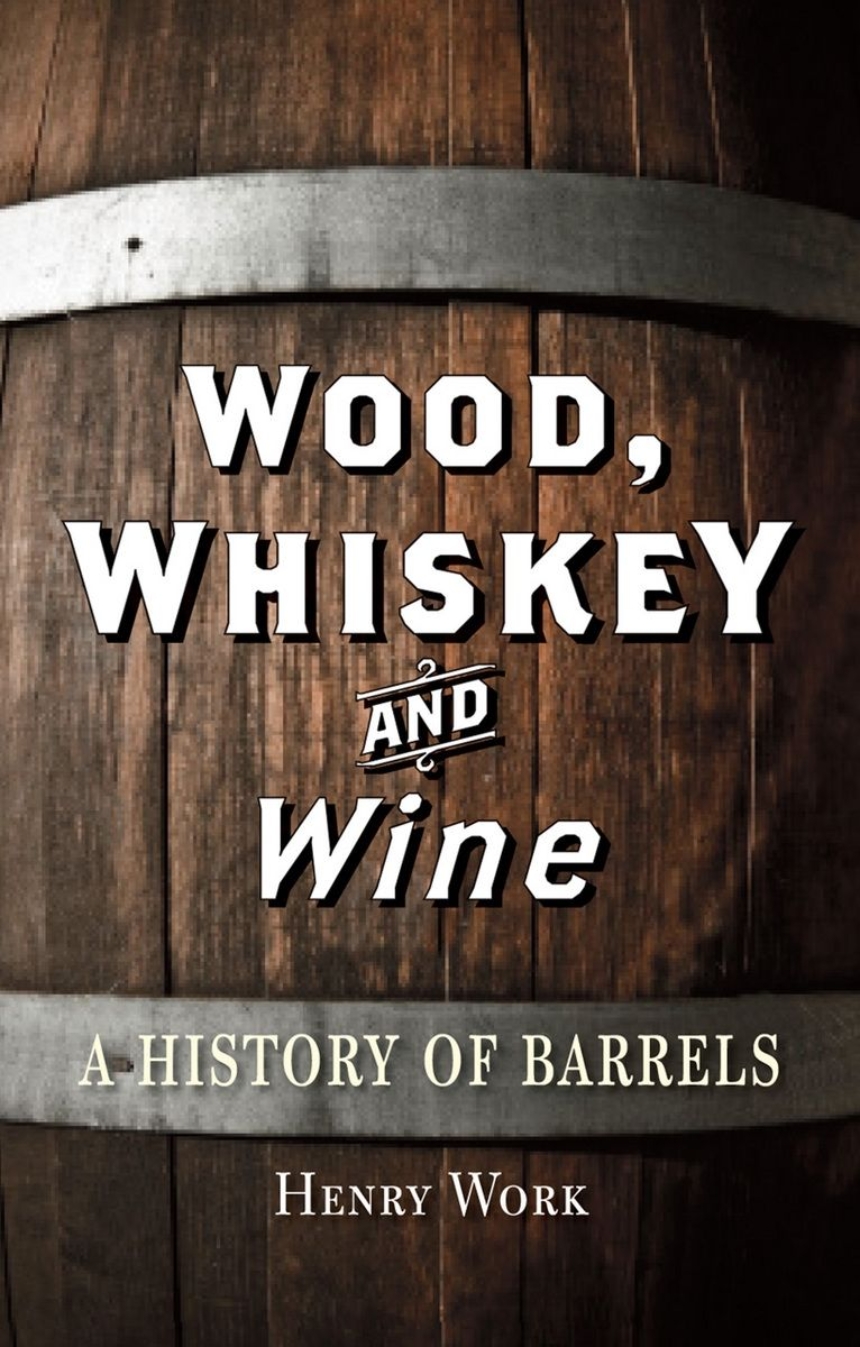A unique and enlightening account of the significant, but rarely acknowledged, function of wooden barrels over the past two millennia.
Barrels—we rarely acknowledge their importance, but without them we would be missing out on some of the world’s finest beverages—most notably whiskies and wines—and of course for over two thousand years they’ve been used to store, transport, and age an incredibly diverse array of provisions around the globe. In this comprehensive and wide-ranging book, Henry Work tells the intriguing story of the significant and ever-evolving role wooden barrels have played during the last two millennia, revealing how the history of the barrel parallels that of technology at large.
Exploring how barrels adapted to the requirements of the world’s changing economy, Work journeys back to the barrel’s initial development, describing how the Celtic tribes of Northern Europe first crafted them in the first millennia BCE. He shows how barrels became intrinsically linked to the use of wood and ships and grew into a vital and flexible component of the shipping industry, used to transport not only wine and beer, but also nails, explosives, and even Tabasco sauce. Going beyond the shipping of goods, Work discusses the many uses of this cylindrical container and its relations—including its smaller cousin, the keg—and examines the process of aging different types of alcohol. He also looks at how barrels have survived under threat from today’s plastics, cardboards, and metals.
Offering a new way of thinking about one of the most enduring and successful products in history, Wood, Whiskey and Wine will be a must-read for everyone from technology buffs to beverage aficionados who wish to better understand that evasive depth of flavor.
Barrels—we rarely acknowledge their importance, but without them we would be missing out on some of the world’s finest beverages—most notably whiskies and wines—and of course for over two thousand years they’ve been used to store, transport, and age an incredibly diverse array of provisions around the globe. In this comprehensive and wide-ranging book, Henry Work tells the intriguing story of the significant and ever-evolving role wooden barrels have played during the last two millennia, revealing how the history of the barrel parallels that of technology at large.
Exploring how barrels adapted to the requirements of the world’s changing economy, Work journeys back to the barrel’s initial development, describing how the Celtic tribes of Northern Europe first crafted them in the first millennia BCE. He shows how barrels became intrinsically linked to the use of wood and ships and grew into a vital and flexible component of the shipping industry, used to transport not only wine and beer, but also nails, explosives, and even Tabasco sauce. Going beyond the shipping of goods, Work discusses the many uses of this cylindrical container and its relations—including its smaller cousin, the keg—and examines the process of aging different types of alcohol. He also looks at how barrels have survived under threat from today’s plastics, cardboards, and metals.
Offering a new way of thinking about one of the most enduring and successful products in history, Wood, Whiskey and Wine will be a must-read for everyone from technology buffs to beverage aficionados who wish to better understand that evasive depth of flavor.
Reviews
Table of Contents
Introduction
1. Need: Why Wooden Barrels?
2. Evolution: From Buckets to Barrels
3. Celts: A Nexus of Skills and Technology
4. Romans: Employing the Barrels for Trade
5. Middle Ages: A Surge in Barrel Use
6. Parallels: Wooden Barrels and Wooden Boats
7. Organizations: From Guilds to Cooperages
8. Oak: Wood for Barrels
9. Air, Water and Fire: Crafting Wooden Barrels
10. Wine: Barrels and Oak Ageing
11. Craftsmen: The Coopers
12. Other Barrels: Spirits, Fortified Wines and Beer
13. Oak Flavouring: Oak Alternatives and Barrel Shaving
14: Cooperage: The Bigger Picture
References
Bibliography
Acknowledgements
Photo Acknowledgements
Index
1. Need: Why Wooden Barrels?
2. Evolution: From Buckets to Barrels
3. Celts: A Nexus of Skills and Technology
4. Romans: Employing the Barrels for Trade
5. Middle Ages: A Surge in Barrel Use
6. Parallels: Wooden Barrels and Wooden Boats
7. Organizations: From Guilds to Cooperages
8. Oak: Wood for Barrels
9. Air, Water and Fire: Crafting Wooden Barrels
10. Wine: Barrels and Oak Ageing
11. Craftsmen: The Coopers
12. Other Barrels: Spirits, Fortified Wines and Beer
13. Oak Flavouring: Oak Alternatives and Barrel Shaving
14: Cooperage: The Bigger Picture
References
Bibliography
Acknowledgements
Photo Acknowledgements
Index

